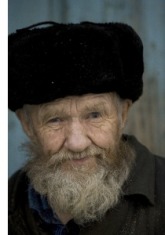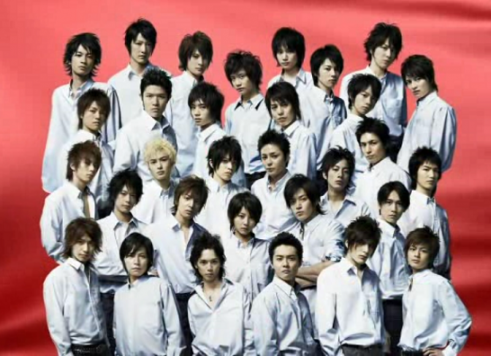case studies
Sometimes learning about specific examples is a highly effective way to understand a particular concept. By exploring the cases of Russian and Japanese cultures, perhaps the abstract thoughts about facial expressions can be more clearly synthesized into a coherent understanding of their nature and function in human life.
using language to access insight into the Russian way of thinking
Anna Wierzbicka, with the help of a Russian "collocational dictionary of the human body", analyzed different parts of the Russian language that give insight into the way that they think about emotions and emotional expression. Her conclusions are interesting and serve to bolster this website's exploration of the universality and culturally variable aspects of facial expression. She found that while there were a handful of phrases pertaining to emotional expression that did not have any English counterpart, there were possibly hundreds that did correlate with a similar idea as expressed through the English language. This finding is useful in demonstrating that there are truthful aspects to both sides of the universality argument, indicating that the answer is not an either/or type of solution.

Further investigation also showed that subtle but significant differences in the way that Russians think about how their feelings connect with their bodies differed from the way that Westerners thought about this aspect of their feelings. She also found evidence that there is a sense in Russian culture that "it is good if other people know what a person feels". Contrary to this, the negative connotations of English words such as emotional, effusive, demonstrative, and excitable suggest that a more controlled view is adopted in Anglo culture (Wierzbicka). Her findings are interesting and help shed light on why it is so difficult to merely claim that all expressions are universal or only contingent on one's culture.
the "inscrutability" and similarities of Japanese productions and perceptions of facial expressions
Matsumoto and Ekman did a study in 1989 that examined the differences and similarities between American and Japanese facial expressions and interpretations of facial expressions.
Both Americans and Japanese individuals were asked to rank the intensity level of the emotions portrayed in seven different photos (reflecting the seven different emotions as identified by Ekman). Americans ranked higher in intensity in all the emotional categories given except for disgust. This adds to the somewhat stereotypical idea that the Japanese are "inscrutable" with regards to their facial expressions. Interestingly, Americans gave the highest ratings to happy and angry pictures, and Japanese people gave the highest ratings to those photos that depicted disgust. Although these distinctions were present, there was "considerable cross-cultural consistency" in the identification of the pictures (Matsumoto "American-Japanese). This study is helpful for trying to understand cultural distinctions and similarities with regards to facial expressions and the interpretation of facial expressions. Clearly, the correlations observed in this study show that there are differences between the way that Americans view facial expressions and the way that Japanese do. However, although these distinctions might be interesting, they may not overall be as substantive as the similarities seen.
Both Americans and Japanese individuals were asked to rank the intensity level of the emotions portrayed in seven different photos (reflecting the seven different emotions as identified by Ekman). Americans ranked higher in intensity in all the emotional categories given except for disgust. This adds to the somewhat stereotypical idea that the Japanese are "inscrutable" with regards to their facial expressions. Interestingly, Americans gave the highest ratings to happy and angry pictures, and Japanese people gave the highest ratings to those photos that depicted disgust. Although these distinctions were present, there was "considerable cross-cultural consistency" in the identification of the pictures (Matsumoto "American-Japanese). This study is helpful for trying to understand cultural distinctions and similarities with regards to facial expressions and the interpretation of facial expressions. Clearly, the correlations observed in this study show that there are differences between the way that Americans view facial expressions and the way that Japanese do. However, although these distinctions might be interesting, they may not overall be as substantive as the similarities seen.
Although these are models who are not being very expressive with regards to their facial expressions on purpose, this is the way that many people think of the Japanese culture. There is an idea that they are more reserved in the way that they make their faces. Although Ekman and Matsumoto's study revealed that they did rank lower in facial expression intensity in many emotional categories, most of the time Japanese and Westerners had very similar facial expressions.

